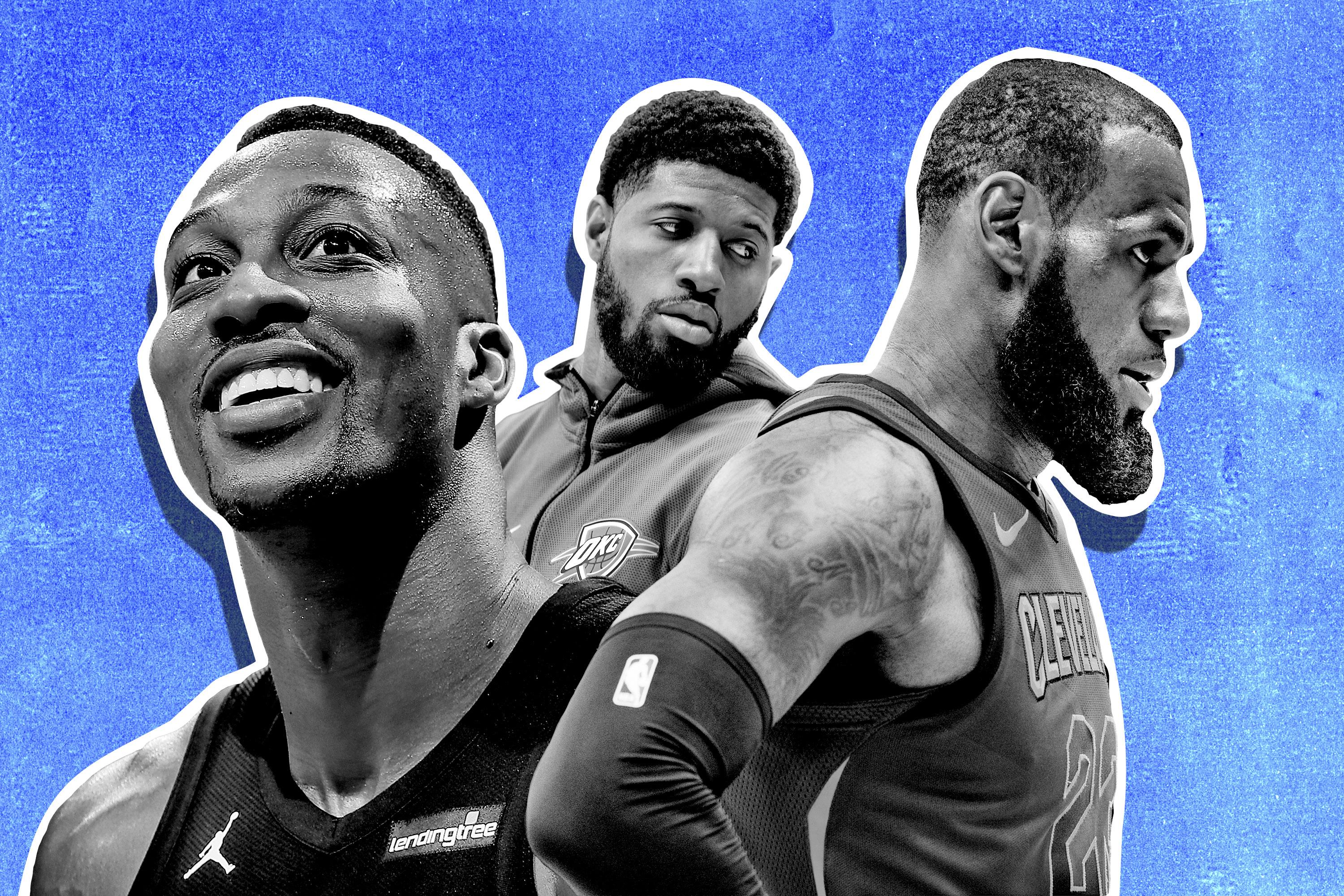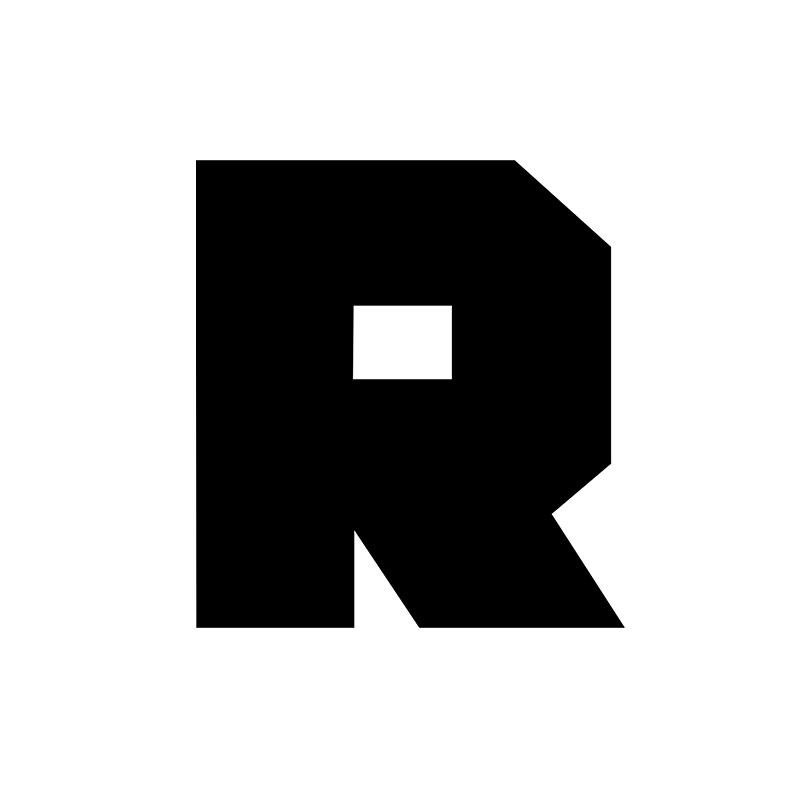
The NBA offseason is almost over. (At least until Kawhi Leonard gets traded out of nowhere.) Here’s how another summer of deals will affect the league going forward.
The Lakers Will Be Better and Worse Than We Expect
Danny Chau: The potential union of LeBron James and Kawhi Leonard fascinates me more than any other feasible partnership in the league, and as a non-Laker fan, I’d rather watch two top-five players run roughshod over most of the league than watch LeBron potentially meme himself to death in wrangling extremely young talent (Brandon Ingram, Lonzo Ball, Kyle Kuzma) and permanently suspended adolescents (Lance Stephenson, JaVale McGee) on the active roster.
[Exhales] That said, Plan B is a team that might back itself into being a legitimate contender.
Count me as a believer in Brandon Ingram’s superstar potential. Not every young player can successfully break from LeBron’s marionette strings while he’s on the court. Kyrie Irving did it at 22; Ingram will be 21 at the start of 2018-19, and has all the size, length, feel, and playmaking ability you could want from a player that young. The Lakers will be able to run lineups in which every player on the floor is at least 6-foot-5, and has length and athleticism. Kuzma is the kind of big with athleticism and floor spacing that LeBron hasn’t played with in a while; Ball is an offensive wild card, but has the playmaking and defensive instincts to get in the King’s good graces.
I’m even excited about Kentavious Caldwell-Pope, who might just prove himself to be the best 3-and-D player LeBron has played with in ages. For all of KCP’s inanities last season, he was still an effective on-ball defender. According to individual matchup numbers from Second Spectrum, Caldwell-Pope guarded Klay Thompson for 112 possessions and held him to 4-for-18 shooting. If there’s one thing coach Luke Walton has fostered early, it’s a strong defensive identity; it’s hard to imagine any permutation of this LeBron-led Lakers team being worse on that end of the floor than the Cavs were for most of last season.
It’s not a perfect recipe for success, but there is more than enough talent for James to manipulate a winning team in his image. That’s all the sliver of light LeBron needs.
The Wizards’ Moves Were Worth the Risks
Kevin O’Connor: The Wizards acquired Dwight Howard, Jeff Green, and Austin Rivers this offseason, which, I mean … gulp. But maybe it’s not so bad. Washington has been a middling, 40s-win team for the past five seasons, and all three moves provide some variance for an otherwise steady roster. Howard, now 32, can still have efficient, high-scoring games, and he even logged a 30-30 game last season; overall, he’s an upgrade over Marcin Gortat. Green has a big performance once in a blue moon, and sometimes it comes in the playoffs, like it did in games 6 and 7 for the Cavaliers against the Celtics. Now that Rivers has escaped his father’s shadow, maybe the scoring spark he provides will be seen as a positive.
There wasn’t a lot the Wizards could do this summer considering their tight salary-cap situation. At least they acquired three players with upside. Sure, Howard, Green, and Rivers won’t solve their stagnant offense, or John Wall’s poor off-ball habits and durability. The team also had chemistry issues, and Howard has historically been part of the problem there, not a solution. But they weren’t going anywhere without him. It was time to roll the dice.
Brook Lopez Was the Best Under-the-Radar Signing
Jonathan Tjarks: The Bucks signed Brook Lopez to a one-year, $3.4 million contract this offseason, which is almost $18 million less than they gave to Ersan Ilyasova over three years. However, Lopez is the one who can reshape their team and help Giannis Antetokounmpo ascend to the next level. Most teams essentially doubled Giannis by keeping their center in the lane to help on his drives. They were able to do that because the motley collection of 5s the Bucks used (John Henson, Greg Monroe, and Tyler Zeller) could not punish them when left open.
That changes with Lopez in the fold. He has remade himself into a stretch 5, shooting 34.6 percent from 3 on 4.8 attempts per game over the past two seasons with the Nets and the Lakers. New head coach Mike Budenholzer will park Lopez at the 3-point line and put defenses in an almost impossible position: Either they let Giannis play one-on-one, or they give up open spot-up 3s to Lopez. With Thon Maker, who reemerged in the playoffs, back in the mix, Milwaukee will have floor spacing from the center position for 48 minutes. Packing the paint was the only way to slow down Giannis. That is over.
The Bulls Will Regret Matching Zach LaVine’s Offer Sheet
Justin Verrier: Forty-three players made more than $19.5 million last season, and the majority are either cornerstones or millstones for their franchise. It’s hard to fall in between when your contract makes up nearly 20 percent or more of your team’s salary cap. So if you hand out that much money to one player, you better be right. LaVine is only 23 years old, and has flashed the sort of scoring potential that typically earns players top dollar on the open market. If nothing else, he’ll be an asset to a team’s marketing department. But he’s yet to show the ability to enhance the performance of teammates on either side of the ball, or that he can return to form after an ACL tear 17 months ago. In 24 games with the Bulls last season, while playing through minute and game restrictions, LaVine shot just 38.3 percent from the floor. “We need—and I mentioned this to our team after [head coach] Fred [Hoiberg] spoke to them last night—Zach LaVine to be a better basketball player,” Bulls executive VP John Paxson told reporters at the end of last season. Just a few months later, Paxson is now paying LaVine as if he already is a better player (four years, $78 million). It’s tough to lose such a talent, regardless of his recent production, for nothing, especially after giving up your face of the franchise to get him one year earlier. But unless LaVine makes a breakthrough this season or next, the Bulls will start to look like his former team does now: committed to a ceiling sooner than they should be.
The Rockets Are No Longer the Second-Best Team in the West
Rob Schaefer: A passive offseason has jeopardized the Houston Rockets’ position as the Warriors’ primary foil. To his credit, Daryl Morey inked (a 33-year-old, oft-injured) Chris Paul to a four-year, $160 million deal on the first day of free agency and nabbed versatile USC guard De’Anthony Melton with the no. 46 pick in the draft. But the team also lost two crucial pieces—Trevor Ariza and Luc Mbah a Moute—to lesser Western Conference adversaries, and restricted free agent Clint Capela remains unsigned. As it stands, Houston will enter the 2018-19 season with Gerald Green, P.J. Tucker, and James Ennis as its most reliable wing options; good luck slowing Kevin Durant with that motley crew.
Meanwhile, the Jazz will benefit from another year of development from Donovan Mitchell among other youthful, vibrant pieces; the Thunder retained Paul George and will get back a healthy Andre Roberson; and, if you hadn’t heard, the Lakers signed LeBron freaking James. Where its Western Conference competitors have pushed forward, Houston has stagnated. And what’s worse, a washed-as-hell Carmelo Anthony appears the most likely solution to the Rockets’ sudden wing deficiency. Maybe it’s just me, but a Paul-Harden-Ennis-Melo-Tucker “death” lineup doesn’t feel equipped to handle any variation of the Warriors with Boogie Cousins come the postseason. Half a banana boat doth not a contender make, and barring an unforeseen seismic shift (i.e., Morey somehow pulling off a Kawhi deal), Houston’s window appears to have closed.
The Thunder Won the Offseason
Paolo Uggetti: A summer that will be remembered for LeBron’s move to a big market also gave us a remarkable victory for small-market culture. Argue with Paul George’s decision all you want, but George choosing to spend the next three, maybe four years of his prime in Oklahoma City is more meaningful than if the Thunder had won their first-round playoff series. It gives them relevance and an ability to prove to the rest of the league that Kevin Durant’s departure didn’t mean that they would quietly go away.
The Thunder also kept versatile forward Jerami Grant, who possesses a lot of two-way upside. They bought low on Nerlens Noel as a backup defensive center. And most importantly, they are getting rid of Carmelo Anthony. Remember when I said keeping George was almost as good as winning a series? Well, forcing Melo off their roster and onto the buyout market may be as good as winning a championship ring. From a basketball perspective, not having Melo allows the Thunder to play Grant more, and lean into a defensive identity. (OKC was 11.3 points per 100 defensive possessions better with Andre Roberson on the floor last season.) Year 2 of the Russell Westbrook–George partnership should produce better chemistry and better results. And now, there’s no Melo to get in the way.

